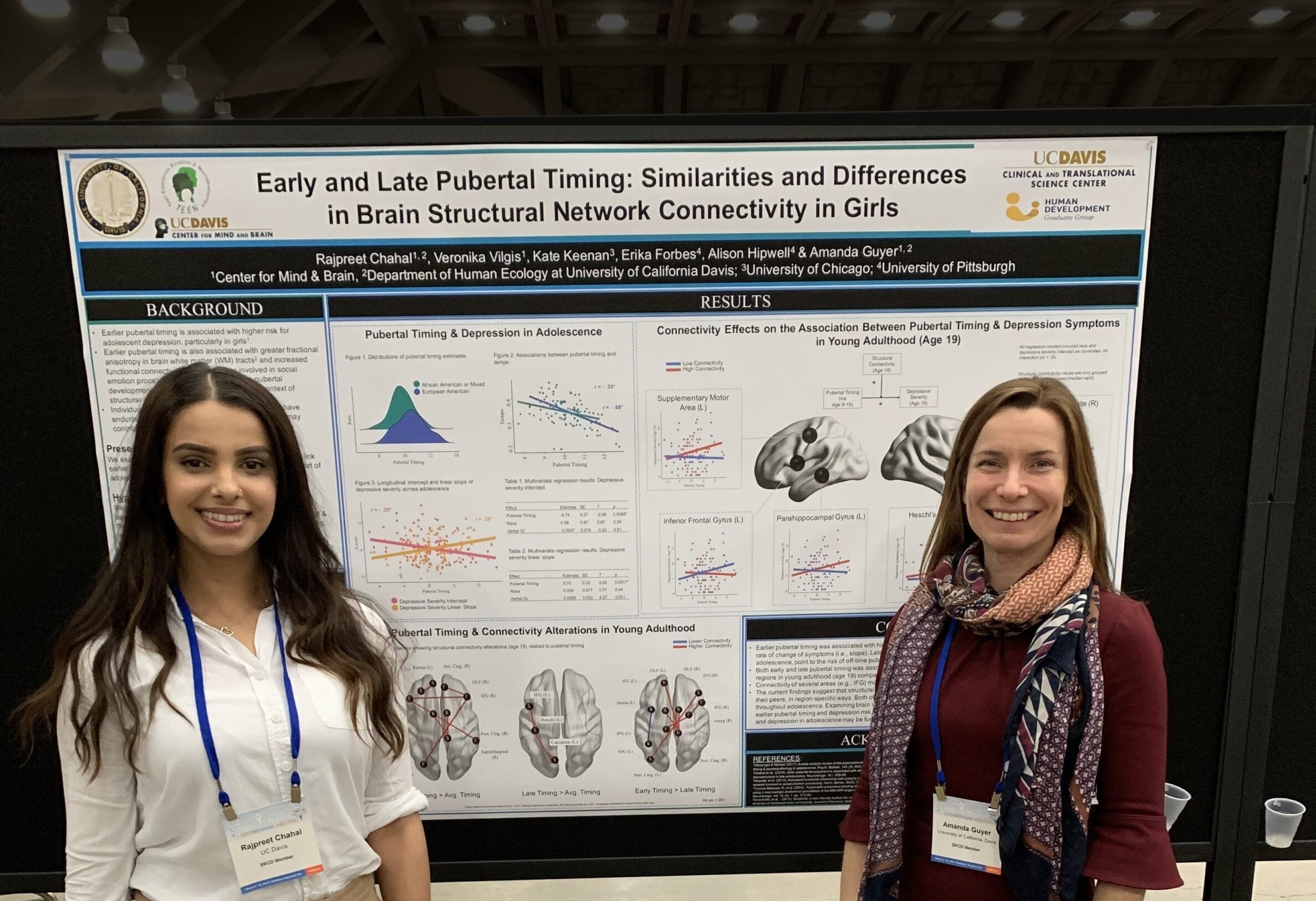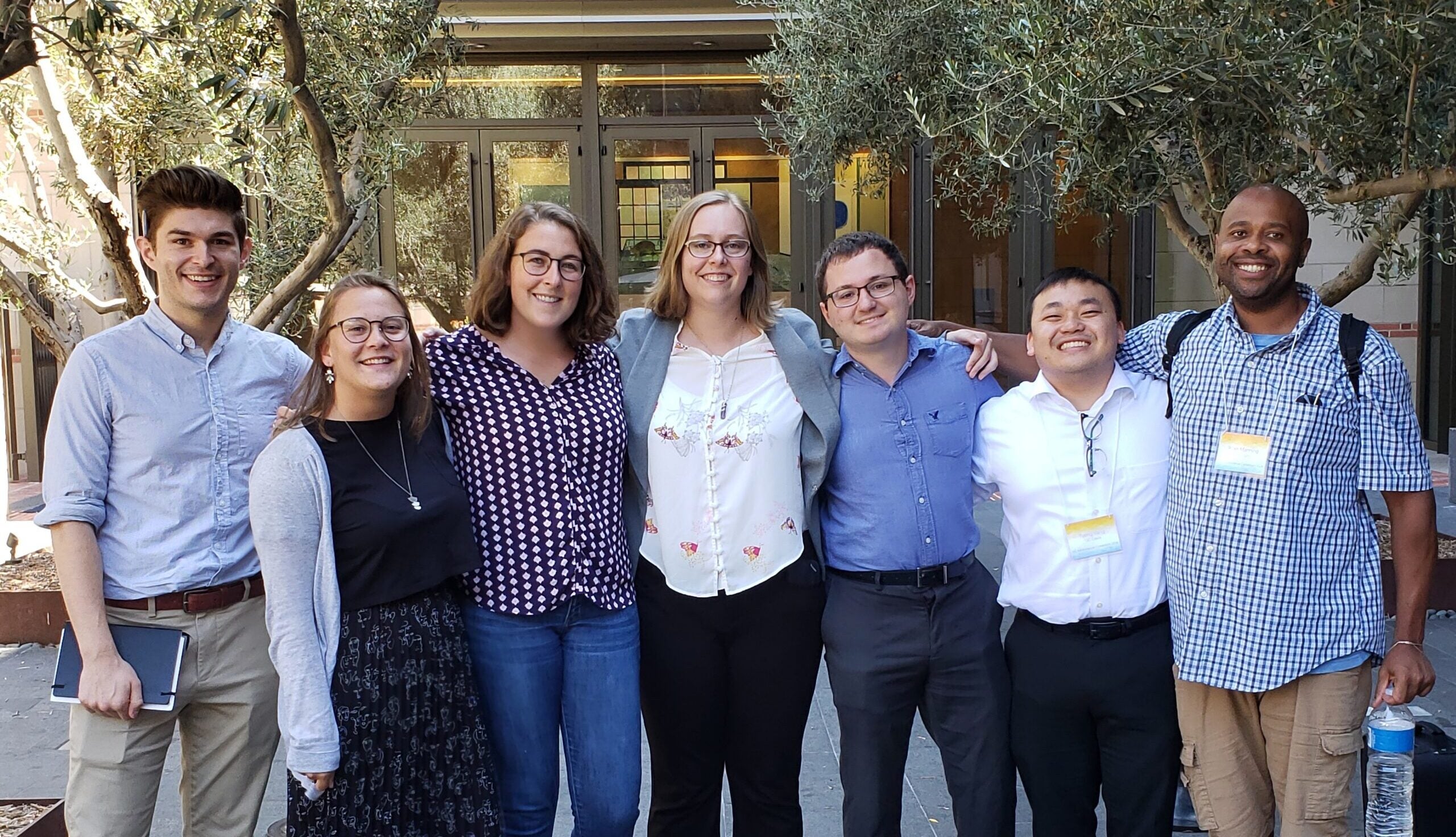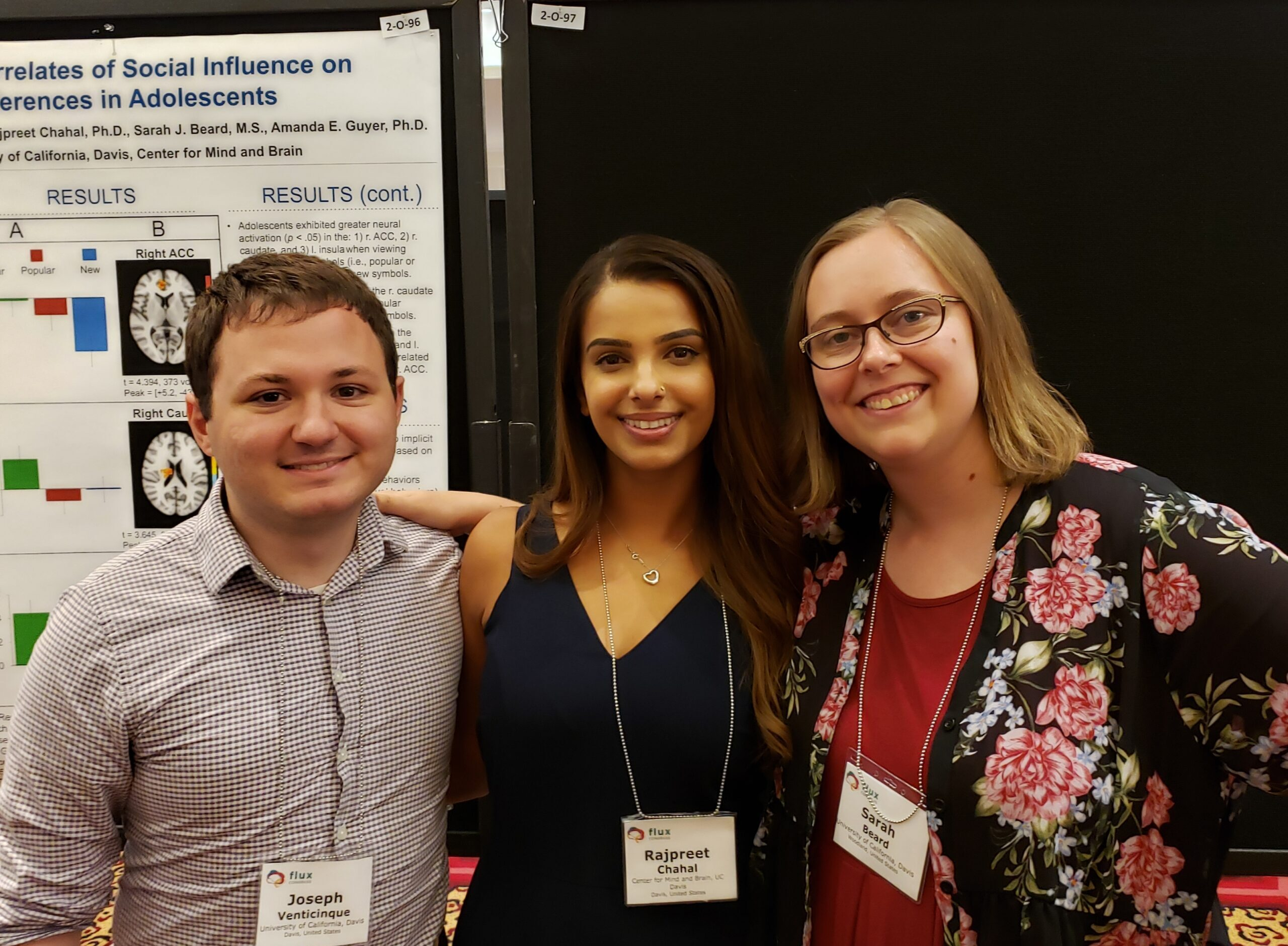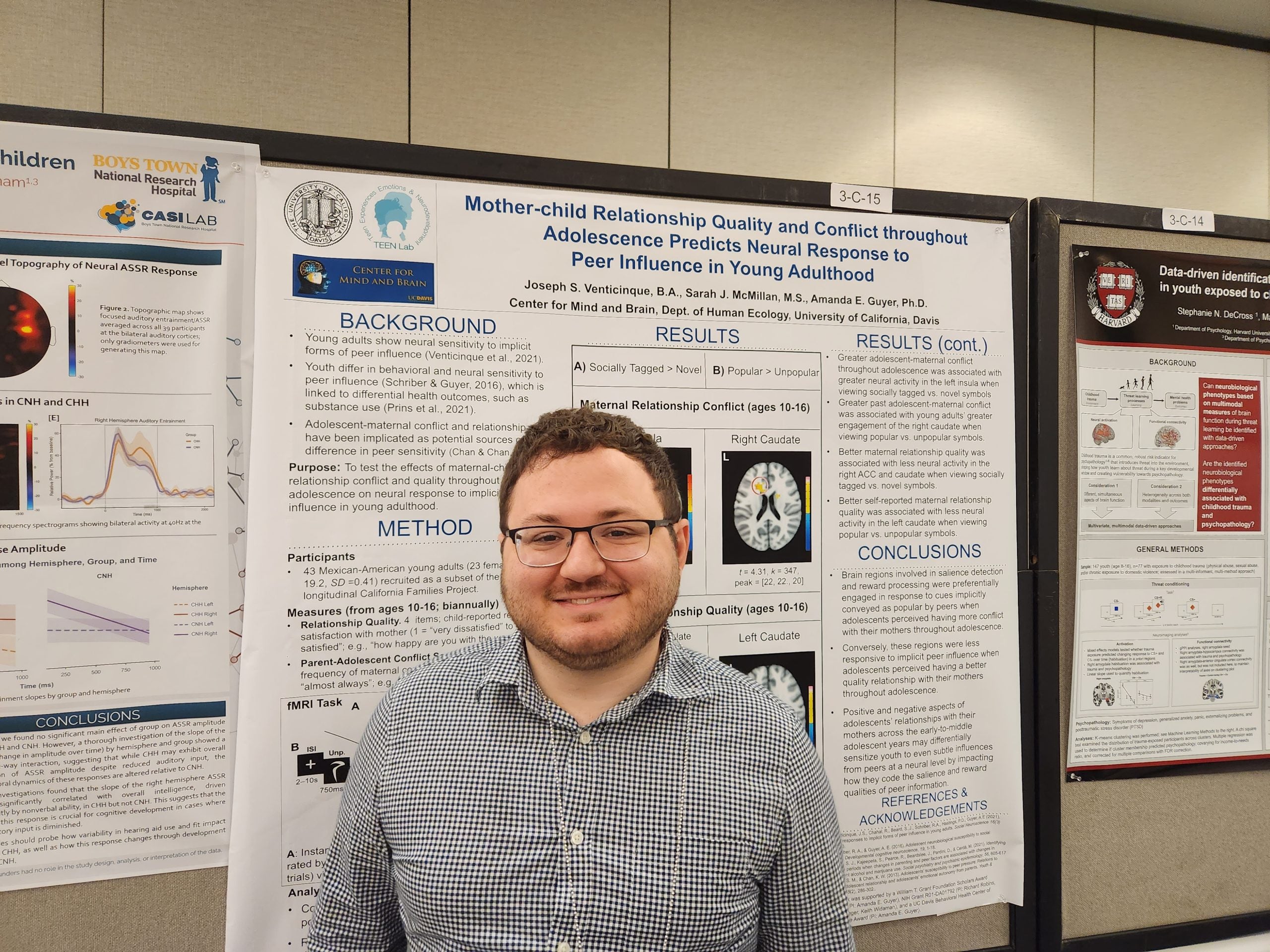A E Guyer, V R Choate, A Detloff, B Benson, E E Nelson, K Perez-Edgar, N A Fox, D S Pine, and M Ernst (2011). Am J Psychiatry.
Objective: Behavioral inhibition is an early childhood temperament recently associated with altered striatal response in adolescence to incentives of increasing magnitudes. Since early childhood behavioral inhibition is also associated with risk for adolescent social phobia, a similar pattern of striatalactivation may manifest in social phobia. The present study compares striatal function in healthy adolescents, adolescents with social phobia, and adolescentswith generalized anxiety disorder. Method: Blood-oxygen-level-dependent signal in striatal regions was examined in 58 medication-free adolescents-14 with social phobia, 18 with generalized anxiety disorder but not social phobia, and 26 with no psychiatric disorder-matched on sex, age, puberty, IQ, and socioeconomic status. During functional magnetic resonance imaging, participants responded to incentive cues depicting potential monetary gains or losses of varying magnitudes. Results: While anticipating incentives of increasing magnitude, adolescents with social phobia showed increasingly heightened caudate and putamen activation at a level greater than that seen in the healthy comparison and generalized anxiety disorder groups. The generalized anxiety disorder group showed a unique valence-specific putamen response relative to the healthy comparison or social phobia group. Both patient groups displayed more complex patterns in the nucleus accumbens than in the caudate or putamen. Conclusions: Caudate and putamen hypersensitivity to incentives of increasing magnitudes characterizes adolescent social phobia, relative to activation in this region inadolescents with generalized anxiety disorder as well as healthy adolescents. Thus, these findings resemble the pattern previously found in adolescents with early childhood behavioral inhibition, thereby implicating similar neural responses to anticipation of incentives in both early childhood behavioral inhibition and adolescent social phobia.




